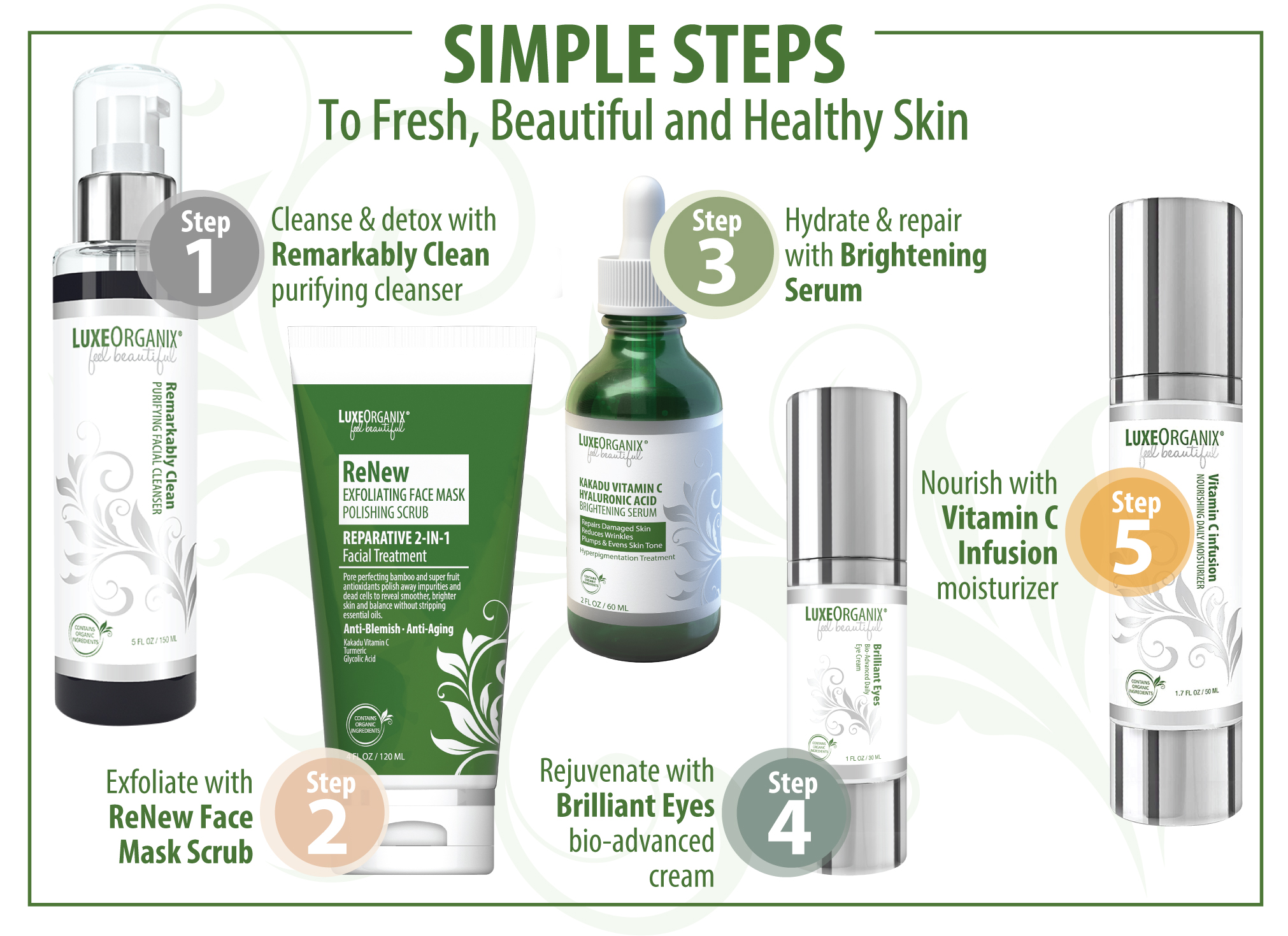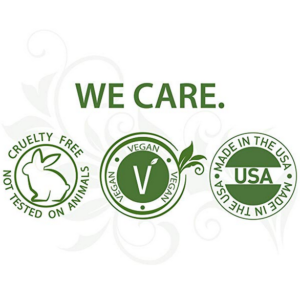Maskne – a term born of the pandemic to describe adult acne on the part of your face covered by a mask – gets a lot of media hype. But is it really a thing?
While everyone jokes about having it, is it just a hip term used to describe acne-prone skin?
Actually, no…
Maskne is real.
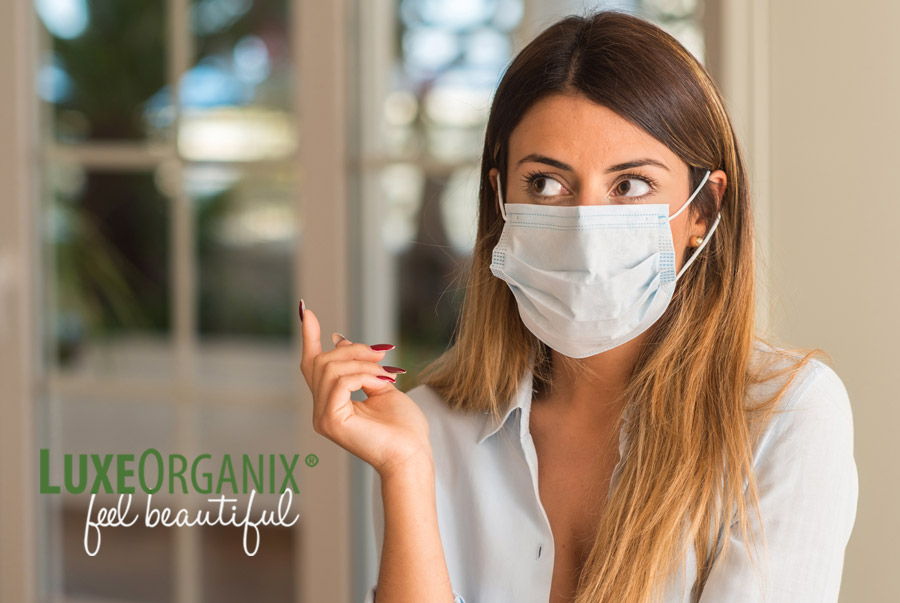
What is Maskne?
Simply put, maskne is acne and irritation caused by wearing a facial mask. It can affect anyone, of any age, and both men and women. Women may see it more often than men because they also frequently wear makeup beneath the mask.
When you wear a mask, breathing or talking traps hot air close to your skin.

This trapped air creates a humid environment perfect for yeast, bacteria, and other flora, such as demodex (types of skin mites that naturally live on your skin), to grow.
This bacterial imbalance, combined with friction from your mask, can promote acne, dermatitis, itchy or cracked dry skin, and rosacea flare-ups.
And while most of the country is unmasking, we’re not out of the woods with maskne just yet.
Chances are that you are probably going to continue to need to use a mask periodically, such as if virus surges hit, or when using public transportation like airplanes, rideshare, busses, and trains. Medical professionals and others who wear masks at work are also prone to maskne.
So how do you wear a mask and still have clear, radiant skin?
The best solution for radiant skin is a multi-step approach.
Changing your mask frequently can help reduce irritation, especially after sweating or exercising. If you’re using fabric masks, wash and dry them thoroughly after every use.
The type of mask you use may also play a role in maskne.

Disposable masks are a good alternative to fabric. Especially if your skin is sensitive, a disposable mask can be a key part of your mask-wearing skin care. Using fabric masks for more than a day can irritate your skin and create an environment for acne to form and spread.
Why? Because the yeast, bacteria, and germs continue to live in your mask. With disposable masks, you will not be tempted to keep wearing a dirty mask. Plus they are typically made of a lighter weight than fabric masks, so they will not trap as much moisture so close to your skin.
Avoiding (or surviving) maskne is not only about the type of mask you wear. A regular routine of cleansing, exfoliating, and moisturizing your face will also help control it.

A Good Skin Care Routine
A regular routine of cleansing, exfoliating, and moisturizing your face will also help control it.
Cleanse
Every good skin care routine starts by cleaning your skin. The LuxeOrganix Remarkably Clean Purifying Facial Cleanser is your best start. Made with activated bamboo charcoal, it’s designed to pull the impurities lurking deep in your pores out so that bacteria and yeast that were triggered to grow beneath your mask cannot continue to thrive. It’s loaded with natural ingredients that also help minimize your pores. Use it twice a day to keep your skin clean.
Exfoliate
Exfoliation is important because it helps remove the dead layers of cells on the surface of your skin to keep your pores open. (Clogged pores become pimples with yeast and bacteria around.) Our ReNew Exfoliating Face Mask Polishing Scrub will gently do this, and a lot more… It contains tamanu oil, which has antibacterial properties and helps your skin to heal, as well as Kakadu plum and turmeric to help fade any discoloration and reduce inflammation. Using this scrub once or twice per week as an exfoliant, and letting it sit on your skin for 5 minutes or longer as a facial mask should help eliminate and heal maskne.

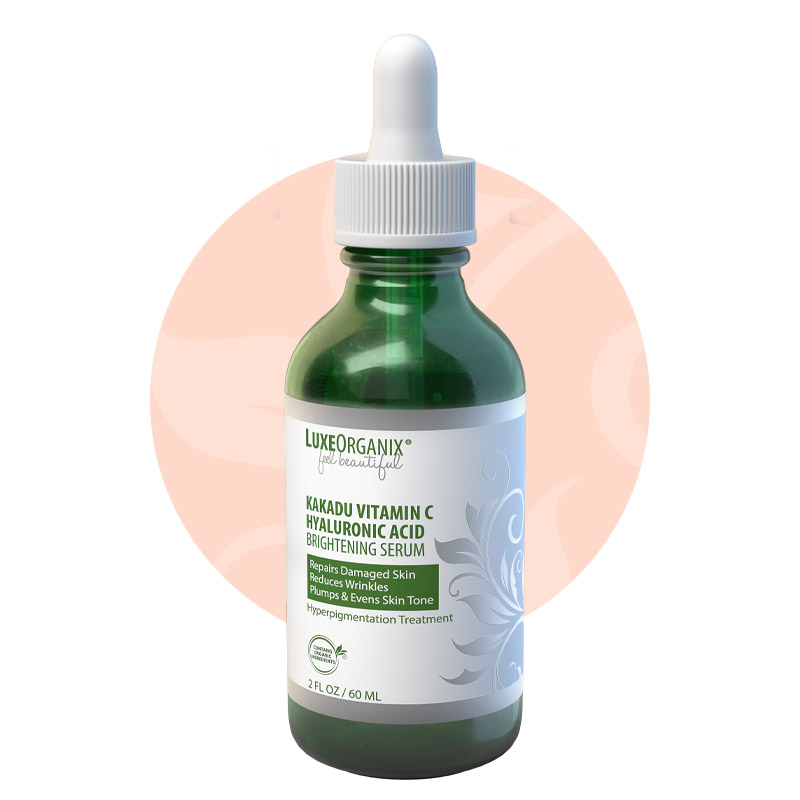
Soothe
Many of our customers report that our LuxeOrganix Kakadu Vitamin C Serum is really helpful at soothing irritated skin and healing the acne caused by mask-wearing. We’ve put vitamin E in this serum, which helps heal and minimize acne scarring. The Kakadu plum vitamin C also helps to fade any discoloration caused by acne and gives you a more even skin tone. This serum also hydrates your skin, which is important. Hydrated skin has a strong outer barrier, which helps keep it healthy and works hard at keeping dirt, grime, and bacteria out.
Moisturize
The last step in any good skin care routine is moisturizing. This is important: Do not skip your moisturizing step! You might be tempted to think a moisturizer will make maskne (or any acne) worse, but it’s actually the opposite. Moisturizing can soothe and help protect your skin while it heals. It also offers a layer of protection from the humidity while wearing a mask. Plus, overly dry skin will cause an over-production of your skin’s natural oils as it attempts to heal. Overproduction of your natural oils can lead to acne… and an endless cycle of over dry > over oily > acne…
Don’t skip your moisturizer!
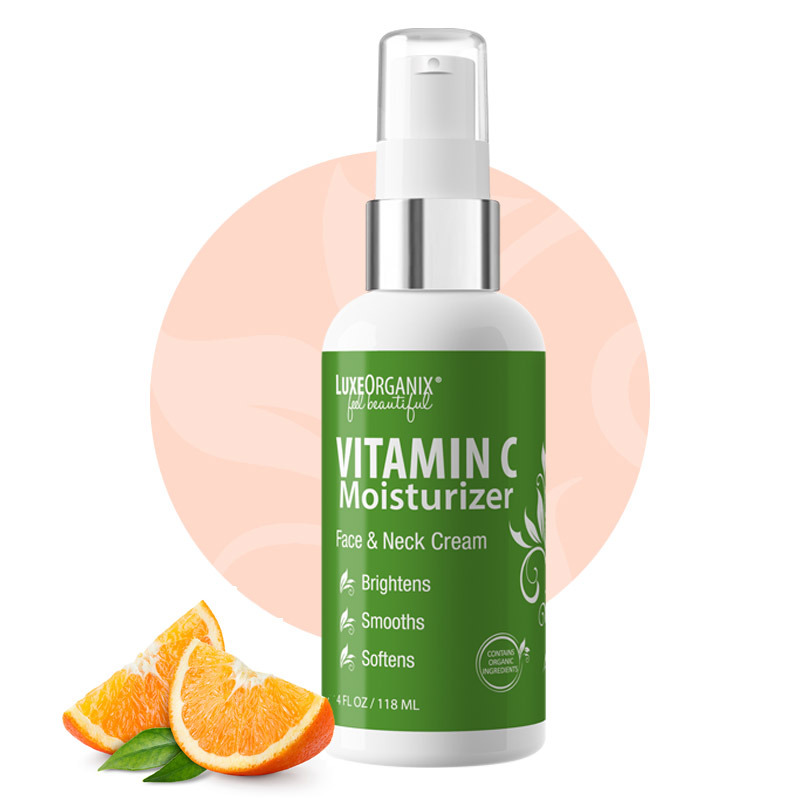
You can do it!
You can control maskne. A solid skin care routine will clean your skin, exfoliate dead cells to keep your pores open, and moisturize to heal it. This, plus a constant supply of good, clean masks will help eliminate the red, irritated, and sometimes cystic acne that constant mask-wearing causes.
You can do it!
If you want to read more, we’ve written a lot about skin care and explain the best way to cleanse, exfoliate, and moisturize in another blog post. Click here to read it now.
Some Helpful Videos On the Subject
Like What You Just Read?
In case you were wondering, the following products were mentioned in this blog post.
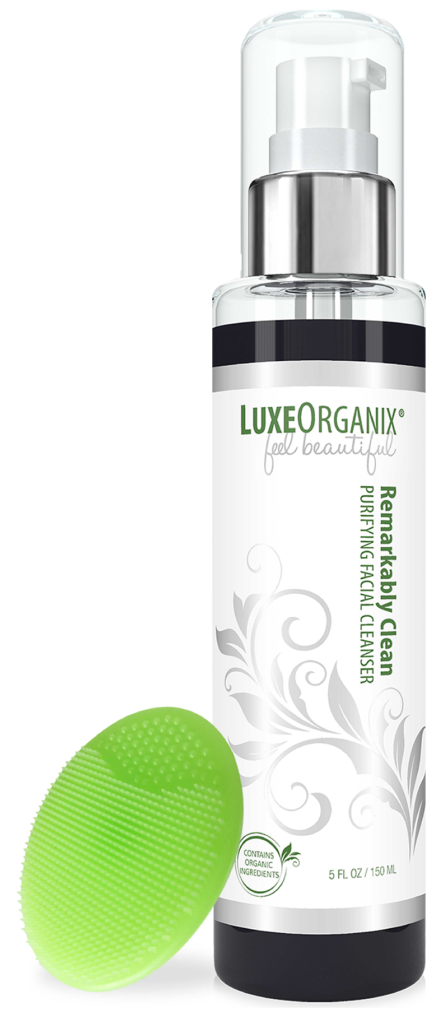
Remarkably Clean Purifying Facial Cleanser
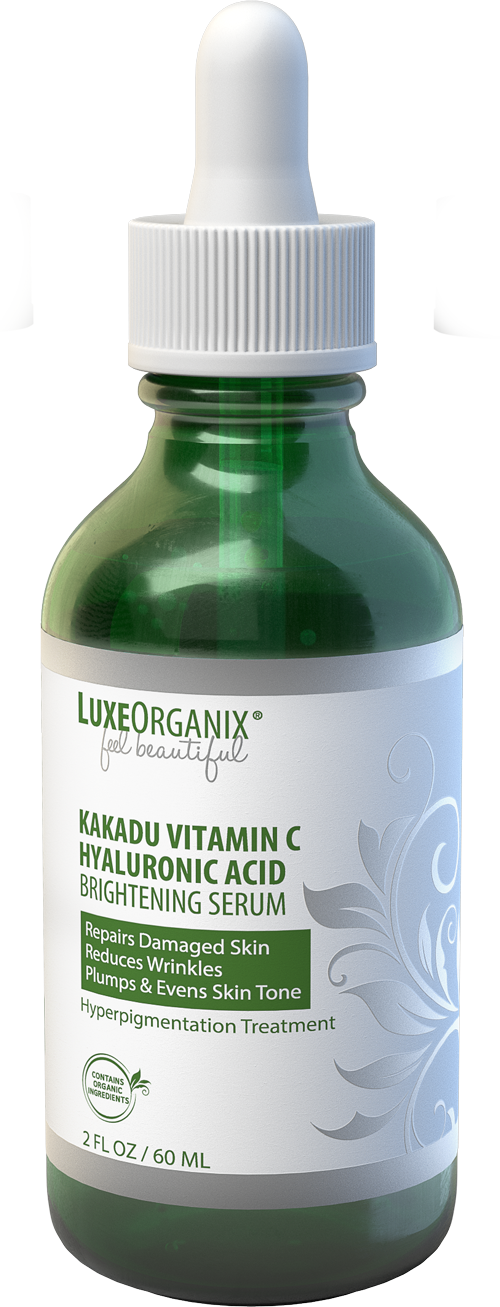
Kakadu Vitamin C Brightening Serum
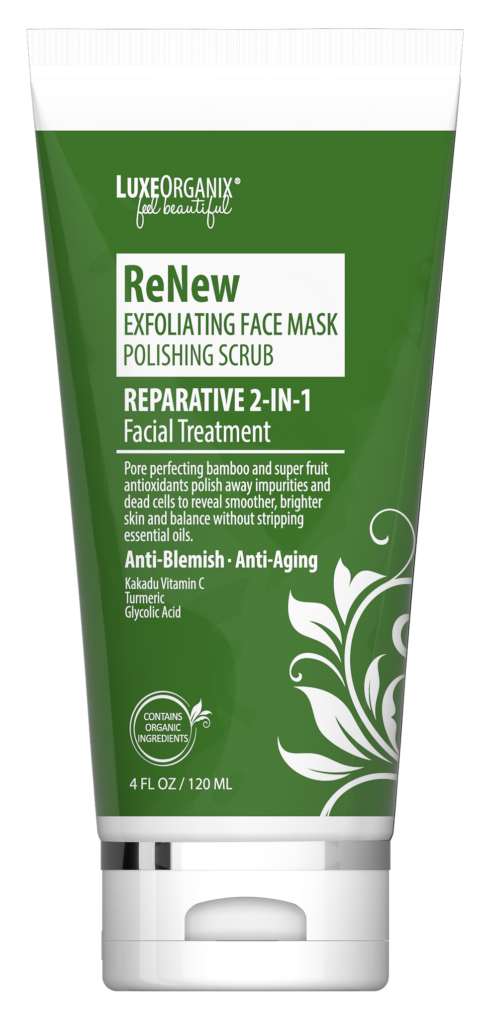
ReNew Exfoliating Face Mask Polishing Scrub

Vitamin C Daily Moisturizer
